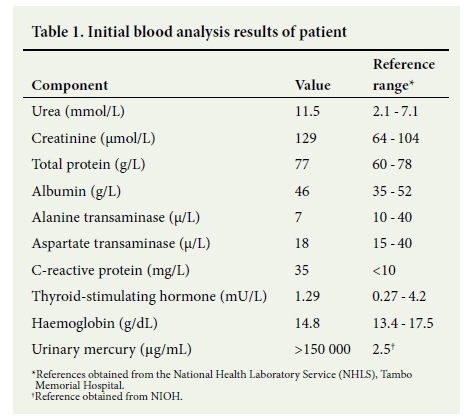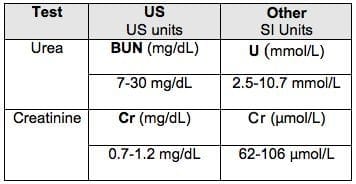

Preen, determined the impact of 3 different creatine loading procedures on skeletal muscle total Creatine accumulation and, second, to evaluate the effectiveness of 2 maintenance regimes on retaining intramuscular total creatine stores, in the 6-weeks following a 5-day creatine loading program (20g/day). A 2003 study in the International Journal of Sports Nutrition and Exercise Metabolism, by an Australian research team led by D.On the other hand, the ingestion of 3g creatine/day is in the long term likely to be as effective at raising tissue levels as this higher dose. This elevated tissue concentration can then be maintained by ingestion of 2g/day thereafter. In conclusion, a rapid way to “creatine load” human skeletal muscle is to ingest 20g of creatine for 6 days. During this period, urinary creatinine excretion was correspondingly increased.Ī similar, but more gradual, 20% increase in muscle total creatine concentration was observed over a period of 28 days when supplementation was undertaken at a rate of 3g/day. However, in the absence of 2g/day supplementation, total creatine concentration gradually declined, such that 30 days after the cessation of supplementation the concentration was no different from the pre-supplementation value. This elevated concentration was maintained when supplementation was continued at a rate of 2g/day for a further 30 days. The researchers saw that the muscle total creatine concentration increased by 20% after 6 days of creatine supplementation at a rate of 20g/day. Soderlund, studied the effect of dietary creatine supplementation on skeletal muscle creatine accumulation and subsequent degradation and on urinary creatinine excretion in 31 male subjects who ingested creatine in different quantities over varying time periods. A 1996 study in the Journal of Applied Physiology, by a Swedish research team led by K.This article will once and for all clear this doubt of yours, on the basis of scientific studies. Everyone has a different understanding of this concept, but few know the science and the research behind it.


Unless enough evidence accumulates, considering the history, familiarity, and recent findings related to outcome, creatinine will continue to be used and dominate in clinical practice.A common doubt regarding creatine supplementation, I get almost daily is whether we need to load creatine what is creatinine normal range. Such studies include interventional ones that can improve outcome (especially mortality) of patients with acute kidney injury and ones showing relationship of the markers with beneficial effects of specific interventions. However, to prove the true superiority of the new renal biomarkers to creatinine, more clinical studies will be required.

Multiple clinical studies have shown that new renal biomarkers, especially neutrophil gelatinase-associated lipocalin and cystatin C, can diagnose acute kidney injury more rapidly and accurately, have a better relationship with disease severity, and predict outcome of patients with acute kidney injury more accurately, than creatinine. Creatinine can be used for the first three (except for outcome modification). In general, biomarkers are used for diagnosis, severity classification, outcome prediction, and most importantly, outcome modification. To summarize the history and current findings for creatinine as a renal biomarker and try to predict its future, looking at new biomarkers for kidneys (neutrophil gelatinase-associated lipocalin and cystatin C) and comparing current development to other diseases (troponins and procalcitonin).


 0 kommentar(er)
0 kommentar(er)
